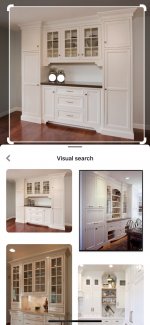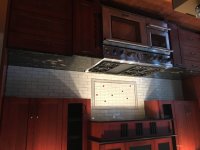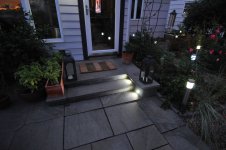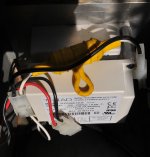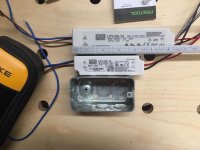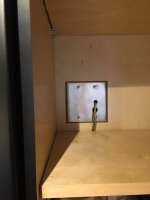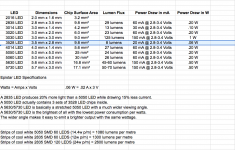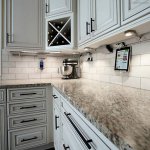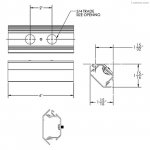Bugsysiegals
Member
- Joined
- Mar 19, 2016
- Messages
- 908
I’ll be building some cabinets in a recessed area of my dining room which will look something like the image below ... I’ve torn down the drywall and need some advice regarding the electrical wiring before I hang new drywall.
I watched a video on YouTube where a guy pulled Romex through the drywall at ~55. When installing the upper cabinets, he drilled a hole in the back of the cabinet in the ~1/2” bottom overhang, pulled the Romex through, and then connected it to a LED transformer. I like what [member=44099]Cheese[/member] did where he routed out a channel for LED strip lighting and put a frosted cover over them but am not sure the best way to hide the wires, if I should have exposed Romex coming through the bottom of the upper cabinet where you can see it or the transformer, if the transformers should be mounted in the bottom cabinets where they can be hidden behind drawers, etc.??
Is it more popular to install the obscure outlet strips nowadays versus wall outlets in the backsplash? If outlet strip, can you recommend a product? Also, would I do as above, pull the Romex through the wall at ~55”, and the outlet strip would hide it?
View attachment 1
I watched a video on YouTube where a guy pulled Romex through the drywall at ~55. When installing the upper cabinets, he drilled a hole in the back of the cabinet in the ~1/2” bottom overhang, pulled the Romex through, and then connected it to a LED transformer. I like what [member=44099]Cheese[/member] did where he routed out a channel for LED strip lighting and put a frosted cover over them but am not sure the best way to hide the wires, if I should have exposed Romex coming through the bottom of the upper cabinet where you can see it or the transformer, if the transformers should be mounted in the bottom cabinets where they can be hidden behind drawers, etc.??
Is it more popular to install the obscure outlet strips nowadays versus wall outlets in the backsplash? If outlet strip, can you recommend a product? Also, would I do as above, pull the Romex through the wall at ~55”, and the outlet strip would hide it?
View attachment 1

